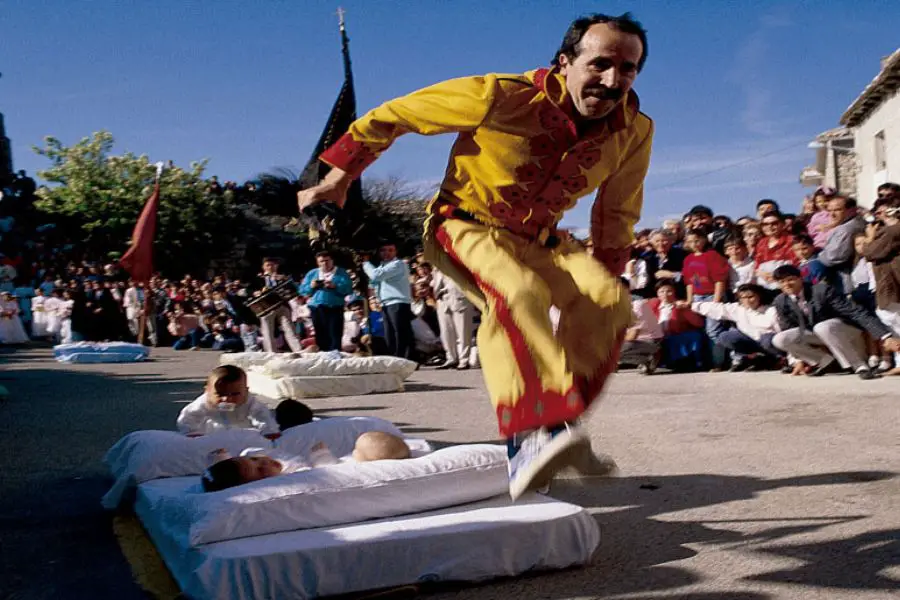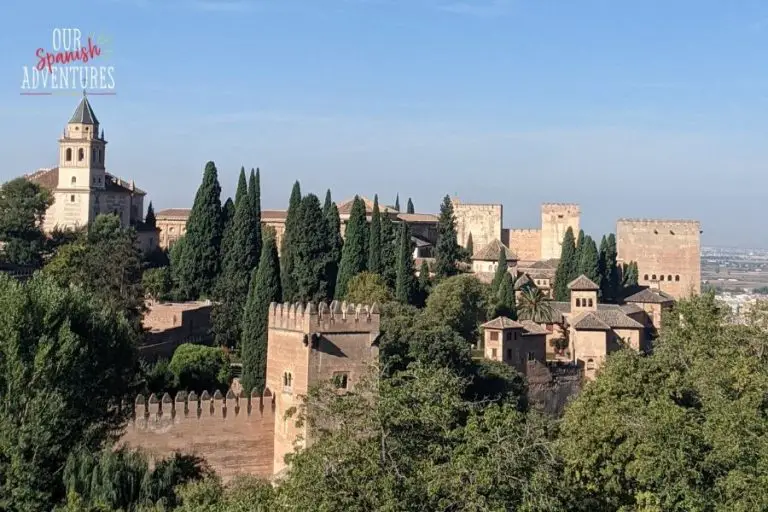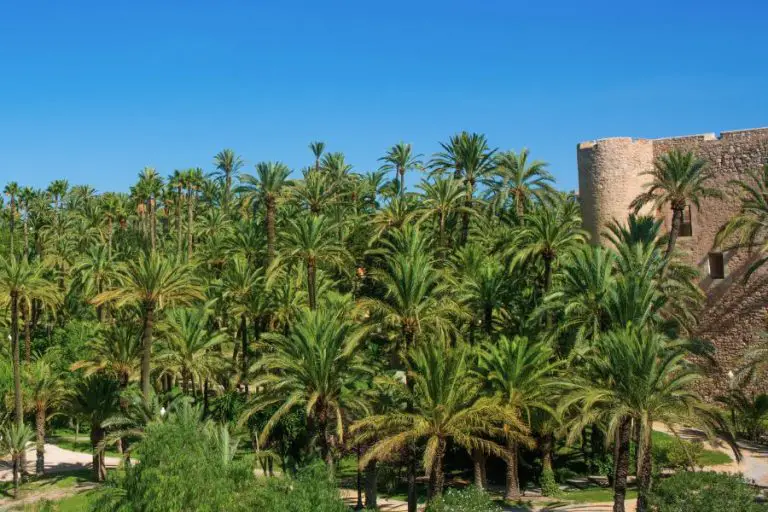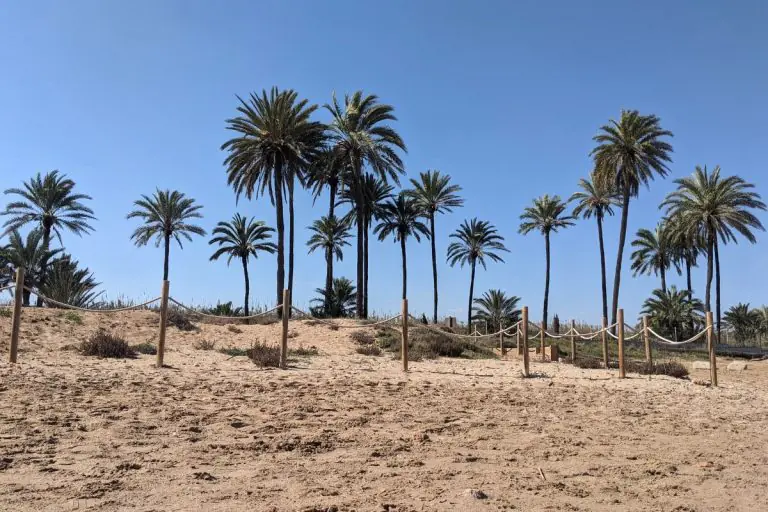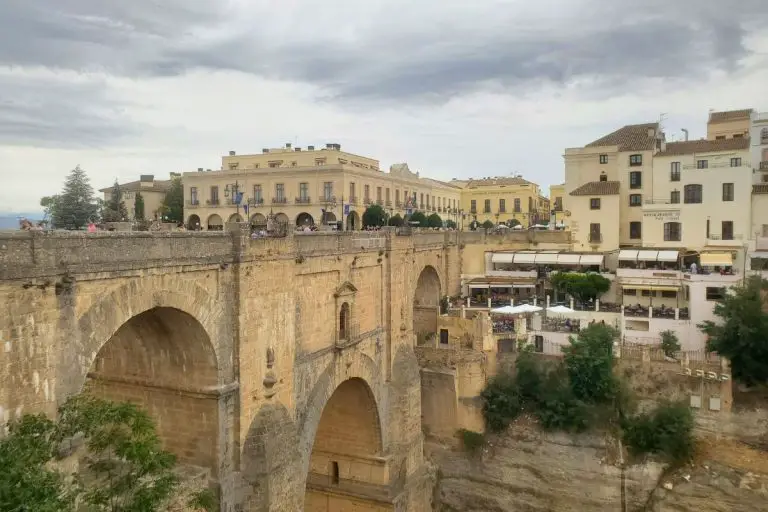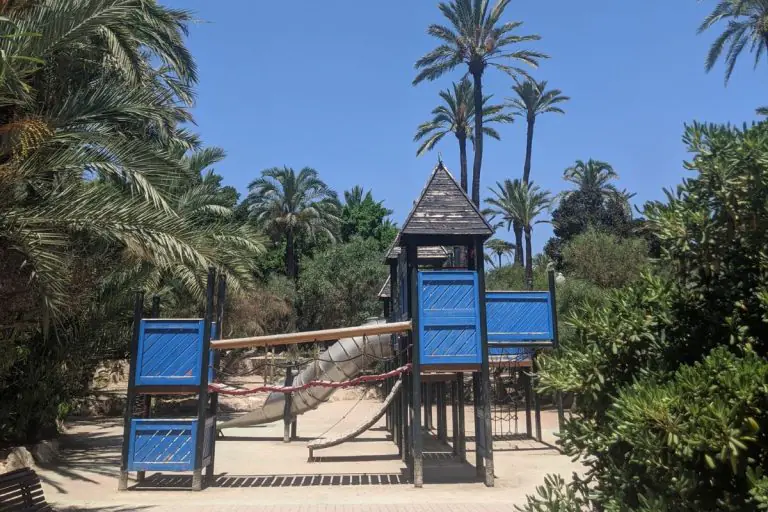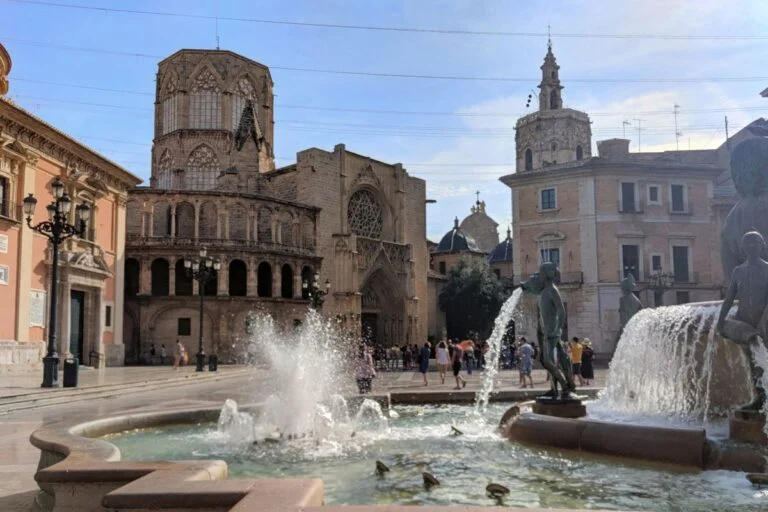8 of the weirdest fiestas in Spain and where to find them
Spain is well known for its many fun and diverse fiestas, if you have spent any time in Spain you’ll no doubt have attended a fiesta or two. We love a Spanish fiesta and attend as many of our local ones as possible!
You’ve probably heard of the famous Spanish fiestas like La Tomatina and Running of the Bulls, but there are also some lesser-known yet utterly bizarre fiestas that showcase Spain’s unique cultural heritage.
If you’re a fan of unique experiences, this blog post is for you! Below we’ve listed the weirdest fiestas in Spain, where tradition merges with the extraordinary, leaving both locals and visitors astounded.
La Tomatina
Location: Buñol, Valencia
We’ll start with a more well known strange Spanish fiesta, La Tomatina. In this annual, and very messy, event thousands of people descend on the Spanish town of Buñol to join a giant tomato fight. Held on the last Wednesday of august, this fiesta is purely for entertainment purposes with over one hundred metric tons of over-ripe tomatoes thrown in the streets.
La Fiesta del Encierro (Running of the Bulls)
Location: Pamplona
Not only weird but also very dangerous, the Running of the Bulls is held every July in Pamplona for those brave enough (or crazy enough?) to take part. 6 Spanish fighting bulls run from the Corrales de Santo Domingo to Pamplona’s Plaza de Toros, chasing thousands of runners with over 1 million spectators watching. Not for the faint hearted, 16 people have died at this event since record keeping began in 1910.

La Rapa das Bestas (The Shearing of the Beasts)
Location: Sabucedo
Deep in the Galician village of Sabucedo lies an astonishing fiesta known as La Rapa das Bestas. This peculiar celebration involves locals herding wild horses, who live free in the mountains in a semi-feral state, into an enclosed area to shear their manes and tails. Visitors can witness an impressive display of horsemanship as men and women bravely tackle the untamed horse, creating a thrilling spectacle that has been passed down through generations.
Las Fallas
Location: Valencia
You may have seen photos of the amazingly detailed and elaborate sculptures of Las Fallas fiesta held every year in the city of Valencia. The Fallas is a traditional celebration held in commemoration of San Jose and celebrated from in the first half of March. Mascletàs, (daytime fireworks and firecracker displays) take place every day from 1st to 19th March, so expect a lot of noise!
Gigantic, colourful monuments called niniots are displayed around the city. These are made from cardboard, wood, paper-machè and plaster, and are caricatures depicting improper, satirical scenes inspired by current political or public events.
On 15th March two of the ninots are chosen as winners and moved to the Fallas museum. The rest are set on fire on the 19th March to burn all night in honor of San Jose, the patron saint of carpenters.
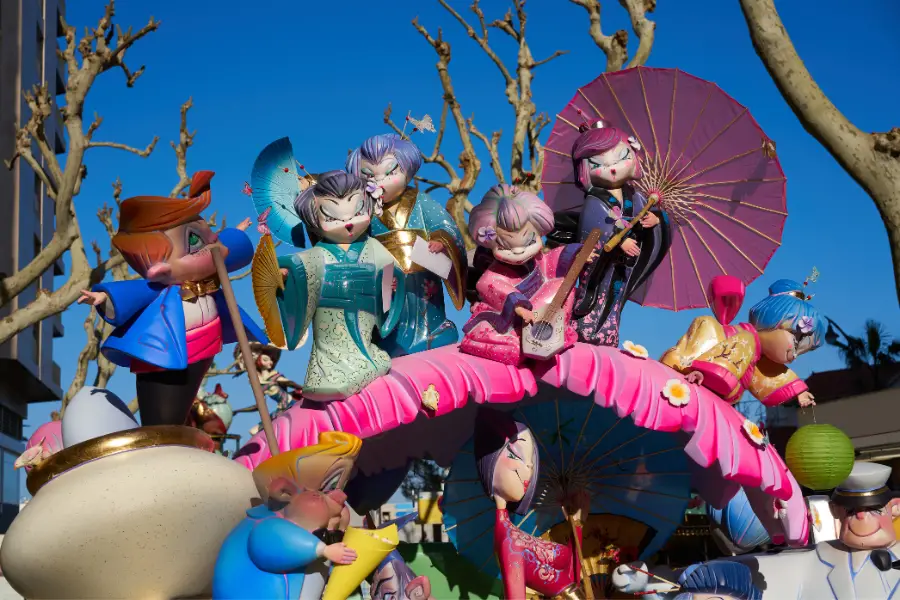
El Colacho (The Baby Jumping Festival)
Location: Castrillo de Murcia
El Colacho is a centuries-old tradition dating back to 1620 that is held in Castrillo de Murcia. In this bizarre fiesta, men dressed as the devil jump over rows of babies born in the previous year, symbolising ‘the cleansing of original sin’. While it may sound peculiar, this act is believed to bring luck and protect the infants from evil spirits.
Fiesta de Santa Marta de Ribarteme (The Near-Death Experience Festival)
Location: Las Nieves
In the small village of Las Nieves, the Fiesta de Santa Marta de Ribarteme is a very bizarre event where those who have had near-death experiences are paraded through the streets in coffins. Definitely one of the weirdest fiestas in Spain, participants express thanks for their second chance at life, with a mix of solemnity and celebration. This unusual event offers a fascinating glimpse into the complex relationship between life and death in Spanish culture.
La Endiablada (The Devil’s Dance)
Location: Almonacid del Marquesado
Step into the world of mysticism and folklore during La Endiablada, a fiesta celebrated in Almonacid del Marquesado. This religious festivity combines Catholic elements with pagan traditions, as locals dress as devils and perform a lively dance, symbolising the triumph of good over evil.
Cascamorras
Location: Guadix and Baza
The chaotic and colorful fiesta of Cascamorras is celebrated in the towns of Guadix and Baza. During this crazy event, participants known as Cascamorras engage in a playful battle, covering each other in black paint.
Dating back to the 15th century, this fiesta commemorates a dispute between the two towns over a religious statue. Cascamorras was the nickname of a workman from Guadix, who tried to steal the statue for his town, but failed. Since then, every year on the saint’s day, the newly nominated Cascamorras tries to complete the challenge by reaching the main church of Baza clean in order to take the sacred statue back to Guadix.
Ready to book your Spanish holiday?
If you’re ready to book your holiday to Spain, these links may help…
- Find great value flights and accommodation at Expedia
- Search for transport options at Omio
- Check hotel reviews at TripAdvisor
- Book your tours and excursions at GetYourGuide
Spain’s fiestas are renowned for their energy, passion, and cultural significance. The weirdest fiestas in Spain offer a glimpse into the fascinating and eccentric traditions that make the country so captivating. From horse shearing to baby jumping, these fiestas challenge conventional norms and provide an unforgettable experience that will leave you in awe of Spain’s rich cultural tapestry.
Have you been to any of these weird and wonderful Spanish fiestas?



